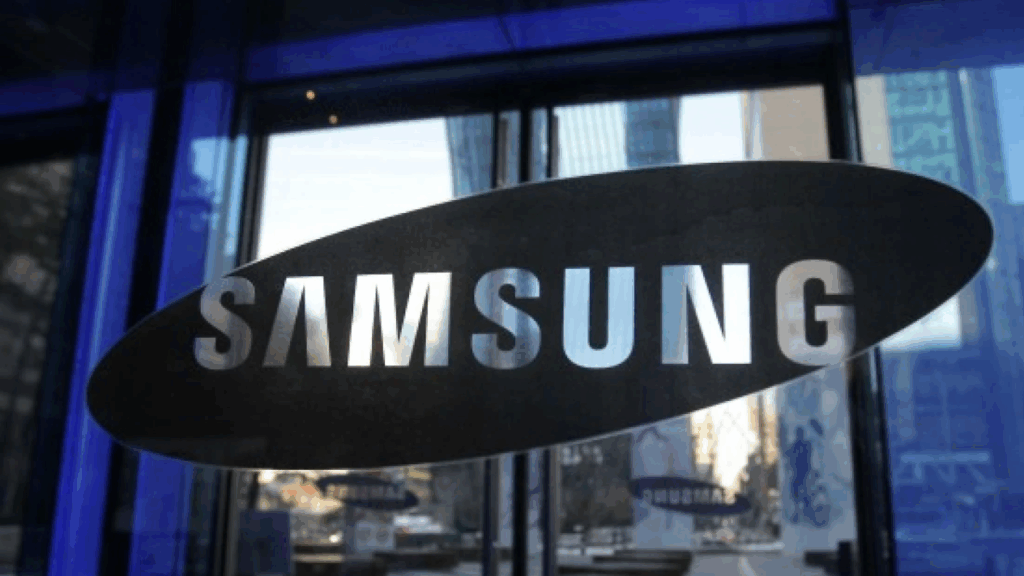- Samsung confirms 512TB Pcie Gen6 SSD Planned launch for Enterprise in 2027
- PM1763 next generation GEN6 SSD promises a double yield to only 25 watts
- The Z-Nand road map focuses on the direct storage of GPU and the workloads of low latency
Samsung has confirmed that he plans to launch a 512TB PCIE SSD, but it will not happen soon, and when he arrives he will directly go to the business and servers markets instead of consumers.
The Korean technology giant made the announcement in the recent Fourth Global Memory Innovation Forum (GMIF) an event in which the main memory and storage suppliers established their roadmaps for the coming years.
Samsung revealed that he is also preparing to expand the capacity within his existing products lines and has already begun to implement a 256TB PCIE SSD PCIE, with the PCIE GEN6 512TB model to follow in the edsff 1T form factor.
Mark your calendar for 2027
Kevin Yoon, vice president and CTO of the Samsung Memory Business Unit, told the attendees that the company’s immediate approach is to bring their CXL 3.1 and PCIE 6.0 CMM-D PCIE next generation in 2026.
Along with these will be the SSD PM1763 GEN6, which is designed to offer twice as much performance of the current units while operating 25 watts.
The company says that the new design will bring not only raw capacity but also substantial improvements in energy efficiency, with a claimed gain of 60% on previous units.
There was no exact date for the 512TB SSD granted, but it is not expected to reach 2027.
Beyond the conventional flash, Samsung said he is working on his Z-Nand technology of seventh generation.
This will incorporate support for active direct storage of GPU (GID), directing workloads such as the inference of the low latency and high performance are essential.
Samsung says that its Z-Nand roadmap will carry the storage performance at levels beyond industry standards.
Competitors, including Soldigm, Sandisk, SK Hynix and Kioxia, are also expected to bring PCIE GEN6 SSDS to market while the Samsung time frame is directed, as the demand for larger and faster storage grows.
With the increase in training and deployment of AI, data centers require increasing levels of capacity and efficiency, and these units are positioning themselves as the answer.
However, it is unlikely that consumers see such capabilities that arrive for desktop or laptops in the short term.
The 512TB milestone is one reserved for the business world, where the storage scale to comply with the global workloads has become a decisive priority.
Through WCCFTECH
Keep PakGazette on Google News and Add us as a preferred source To get our news, reviews and opinion of experts in their feeds. Be sure to click on the Force button!
And of course you can also Keep PakGazette in Tiktok For news, reviews, video deciphes and get regular updates from us in WhatsApp also.
You may also like




